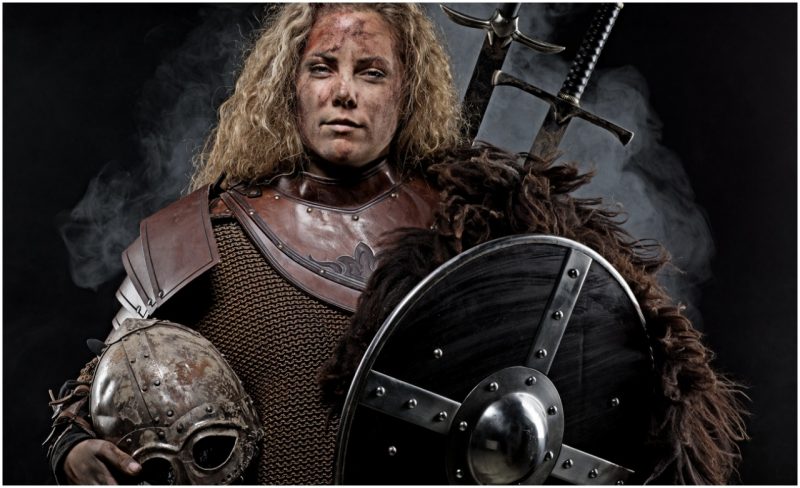If you assumed that it was Viking men who carried out the raids overseas, you just might be wrong. According to a new study, which has made use of analysis of Viking skeleton remains found at burial sites in eastern England, several graves, previously assumed to have belonged to men, actually turn out to be of women. In one of these graveyards, a Viking woman had been buried with a sword as well as a shield.
One of the aims of the study had been to determine the sex of the remains, and the final results have indicated that almost half of the examined specimens are women. Such an outcome contradicts traditional calculations of gender ratio made by scholars, suggesting that if not 50-50, at least one-third of the Norse migrants to Britain were women.
Historical accounts say that the Vikings commenced their first raids on British soil as early as 793 A.D. Initially, they attacked monastic areas and other smaller communities that lacked any protection. A more significant Viking invasion on the island did not take place until the mid 9th century, about the time when the invaders also established their first settlements.
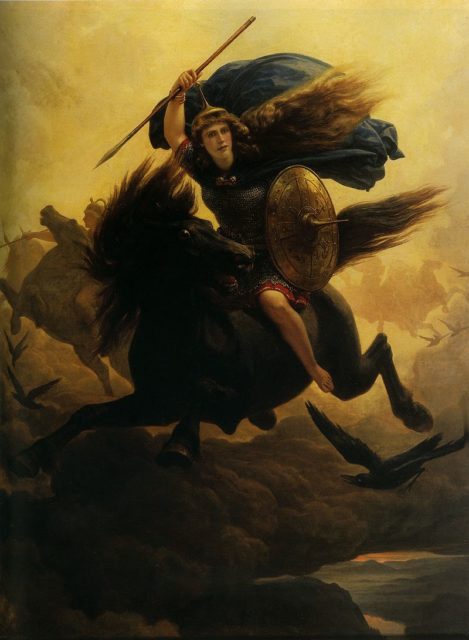
Further significant Viking campaigns followed toward the end of the 10th century and the beginning of the 11th century. During this period, larger Viking settlements were established at various points across Britain, chiefly in the north and east of England. The area controlled by the laws of the Danes is known as the Danelaw.
So, who were these Viking invaders? Apparently, they were not just Viking men.
The research study that contemplates the gender ratio of the Viking campaigns in Britain was published in the journal Early Medieval Europe. Its author, Shane McLeod of the University of Western Australia, claims that the Norse migrants were perhaps at a male-female 50-50 ratio.
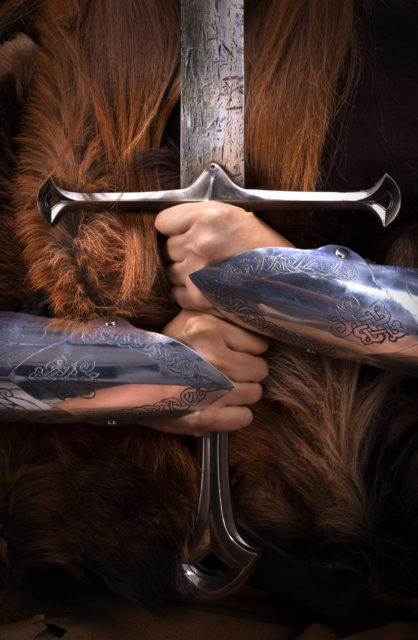
“Various types of evidence have been used in the search for Norse migrants to eastern England in the latter ninth century. Most of the data gives the impression that Norse females were far outnumbered by males,” McLeod writes in the abstract of the study. Then continues: “But using burials that are most certainly Norse and that have also been sexed osteologically provides very different results for the ratio of male to female Norse migrants.” And, as it turns out, “the female migration may have been as significant as male,” according to McLeod.
McLeod explains that during the last few decades, there have been significant discoveries that have served as fertile ground for belief that the female number of migrants was more substantial than previously considered. Plenty of findings, such as pieces of jewelry or clothes, have been found in burial sites, all of which were identified to have belonged to Scandinavian women.
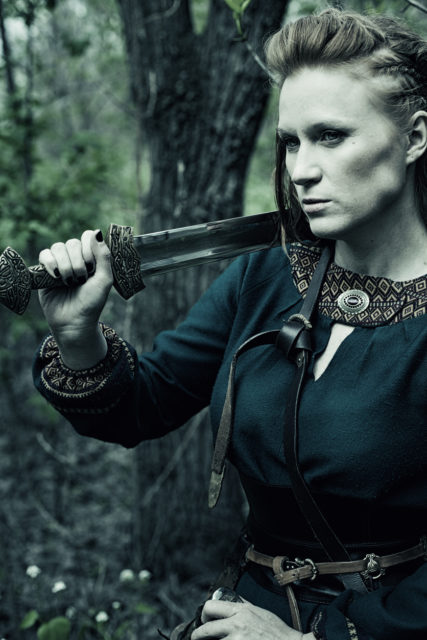
The findings in McLeod’s study are based on the remains examined from 14 burial sites of Vikings dated to medieval England. Careful analysis of the bones from these graveyards has enabled scientists to determine the gender of each body. The results eventually made scientists abandon assumptions that a burial place that had fighting equipment belonged to men only.
Out of the 14 analyzed burial sites, it was revealed that seven were of males and only one remained not determined by sex. That leaves six remaining burial grounds that accommodated bodies of females.
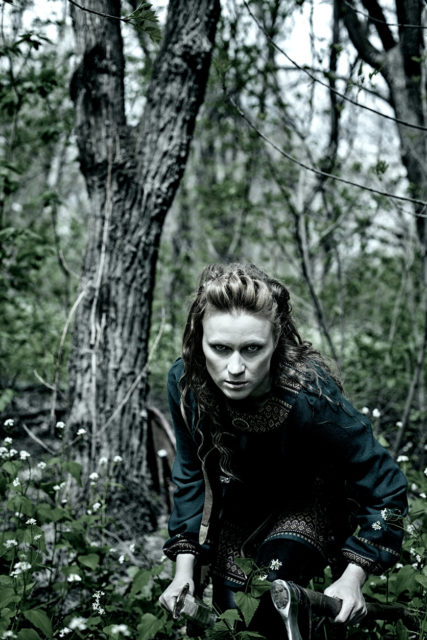
“This result of almost a fifty-fifty ratio of Norse female migrants to Norse males is particularly significant when some of the problems with osteological sexing of skeletons are taken into account,” affirms the study–finally concluding that besides men, women were well in the game when the Vikings arrived in the British Isles.
In this context, figures such as the legendary shieldmaiden known as Lagertha, who came from what is nowadays Norway, and who was a spouse to the famous Viking Ragnar Lothbrok (distinguished for his campaigns in France and England), may not be merely a legend.
In fact, the case may be that many more heroines such as Lagertha herself existed. They traveled, and likely fought as well, side by side with their male partners.
